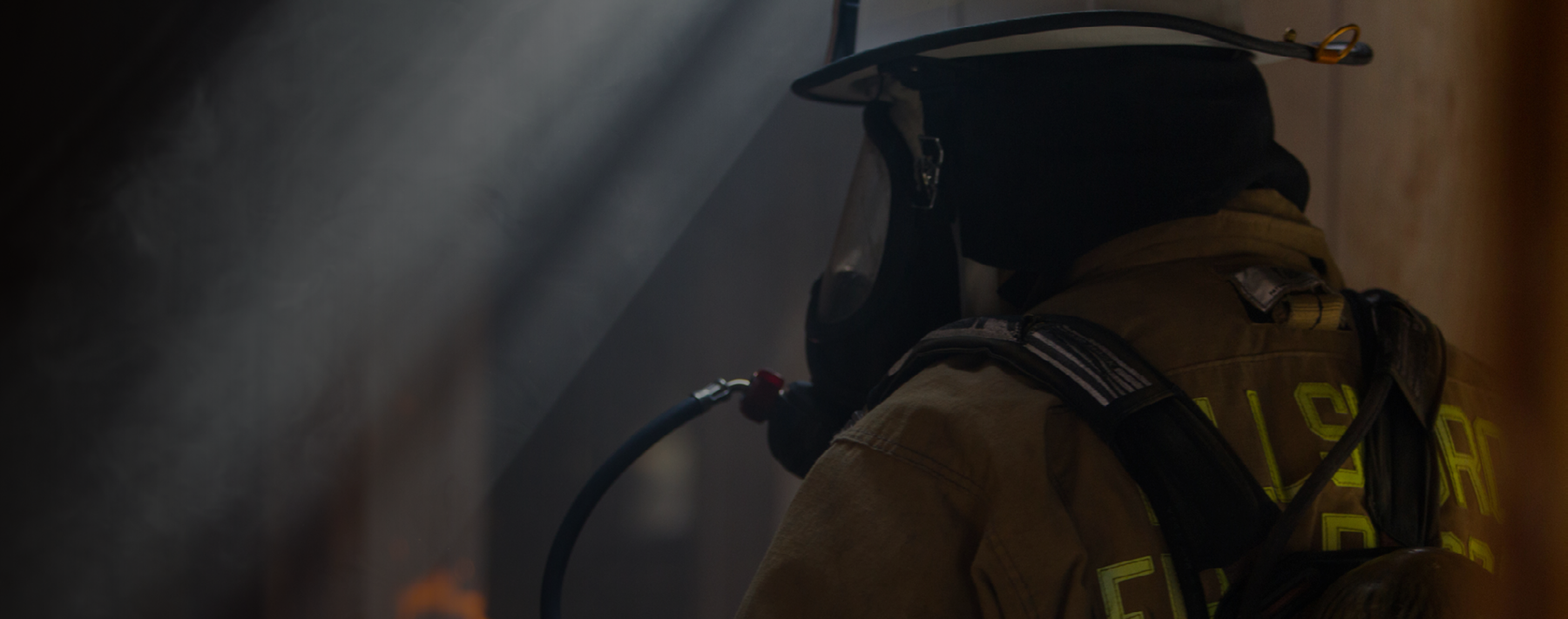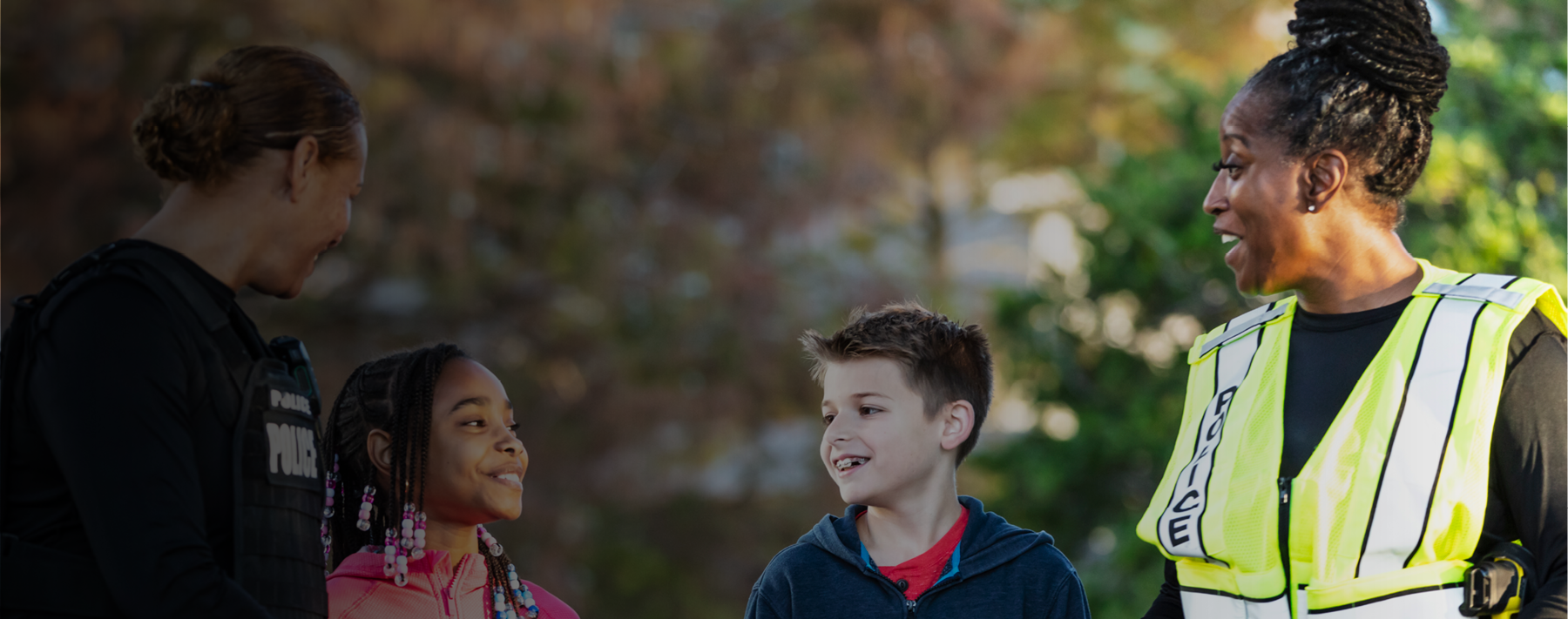One of the biggest mistakes I see firefighters make with their fitness and workouts is not having a clear direction and goal. You might be one of these people that performs their favorite chest and triceps routine or follows a DVD workout from time to time, but this piecemeal approach will not get you the fitness results you want or need as a first responder.
Watch this video to learn five steps to lasting fitness progress:
Here’s a quick review:
Step #1: Where are you now? The first step to developing any fitness program is to step back, look in the mirror (literally), and assess where you currently are with your level of health and fitness. Stepping on the scale is a great start but I encourage you to dig deeper and evaluate how you feel physically and mentally. And, if you have not been to the doctor in a while, get some blood work done and complete your annual physical.
Step #2: Set a goal. On the fire/ rescue scene, we have a clear objective that we all work to mitigate and solve. You need similar direction and a goal with your fitness. It does not always have to be to lose 20 pounds; it might be to just work out 12 times or to work out for 20 minutes each shift. Use the results of your physical to motivate you to lose weight, lower cholesterol and/or improve your bloodwork. Make it personal and make it measurable. If you want to get toned up, what does that look like and how will you know you are there? Personally, one of my biggest motivators is being able to fit into the pants I wore 10 years ago in the academy.
Step #3: Set a date. Having a clear goal is irrelevant if you do not set a timeframe in which you want to achieve it. Deadlines are crucial because they give you a sense of time and urgency. However, they should be set strategically, one for each small action you intend to take. If your goal is to lose 50 pounds, then start with just losing 10 pounds in 6 weeks. Give yourself a reward, then set the next goal. My suggestion is to lose no more than 3 pounds per week. This is a healthy pace for weight loss. If your goal is just to get back in the gym, then set a goal to work out 12 times in the next month. Meeting short-term targets gives you fulfillment and motivation to continue working toward the long-term objectives.
Step #4: Create a program. This step can get complicated, so my recommendation is to start with the basics. Your program should match up with your goal. If you are trying to lose weight, you should not be maxing out with weights each session. And, if you are just getting back into fitness and/or beginning, do not set a goal to work out 7 days a week. Create a balanced routine. I recommend 3 to 5 workouts per week that focus on mobility, full-body strength and core stability, along with improving cardiovascular fitness. I personally like to incorporate a “recovery” day into each week where I do some yoga and stretching and some light cardio. Finally, remember this is a journey, not a sprint. If you have an injury or a medical condition, consult your doctor or an exercise therapist for help designing a fitness program that gradually improves your range of motion, strength and endurance.
Step #5: Evaluate your progress. Many people give up on their goals because they do not see significant changes for the effort they are exerting. This is often because they are not really keeping tabs on their progress and checking if their plan of action is working. Measuring your progress helps you gather data to evaluate how and if your plan is working. If you see some progress, chances are you will feel empowered and motivated to keep going and maybe even up your efforts. If you do not, you can adjust your routine accordingly—add more workouts or focus on better nutrition. Keep in mind that progress can be measured in many forms. Maybe you feel better, have more energy and are more productive. You also might be sleeping better and feel stronger mentally. Try to assess and reassess every four to six weeks. If you lose motivation, set a new goal or try a new activity.
Starting an exercise program is an important decision. But it does not have to be an overwhelming one. Follow these steps and create a plan for fitness success. Remember, fitness is a journey—your journey.
Stay fit for duty and let me know how I can help. Contact me at zamzowfitness@gmail.com or visit https://firerescuefitness.com/. #GETFRF



